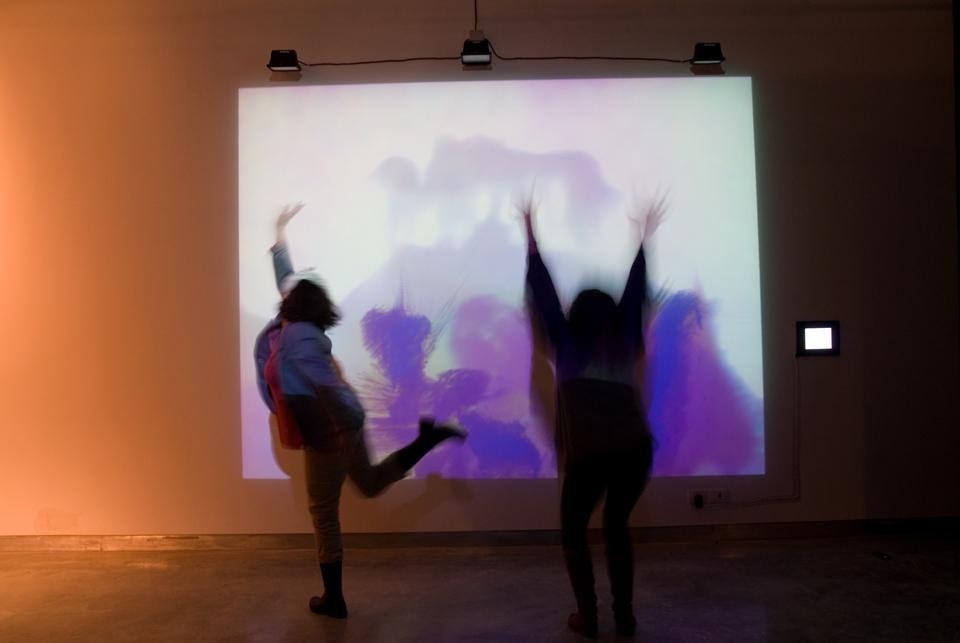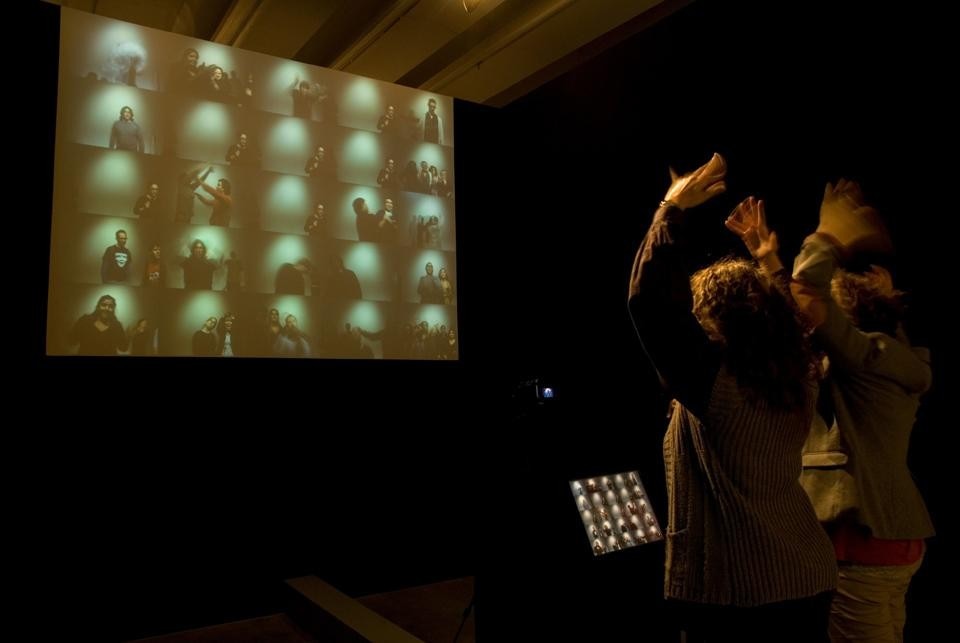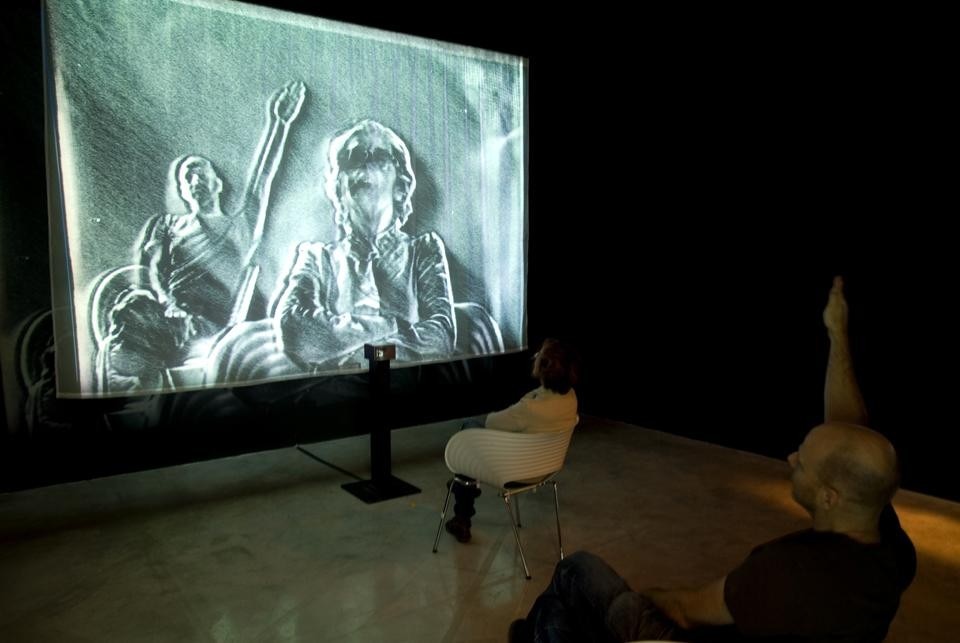Curated by Louise Shannon, Deputy Head of Contemporary Programmes, V&A and Shane Walter, Director of digital arts organisation onedotzero, the exhibition shows the latest developments in digital and interactive design, from small screen based graphics to largescale installations.
Good Listeners by Mushon Zer Aviv is a browser plug-in that exposes the secret way in which our browsing habits are shared with and mined by third-party web services such as Google Analytics and Facebook 'Like' without users' consent or knowledge. Every time a site exposes visitor data to a third party service, a confessional booth window opens in the Good Listeners sidebar. The priest in the window encourages the visitor to share more information by saying "Tell me more…", "Let it all out…", "I am always there…", "You can trust me…". Each third party service opens its own confessional window sized by the scope and depth of the data it accumulates, presenting a satirical visualisation of the vast data passively generated by us and aggressively collected and mined by mysterious but omnipresent forces of the web.
%20and%20Growth%20and%20Form%202009,%20Daniel%20Brown%20(Right).jpg.foto.rmedium.jpg)



![Device <---> Interference [0.3] by Amnon Dekel and David Opp explores the way in which mobile phones broadcast information at all times Device <---> Interference [0.3] by Amnon Dekel and David Opp explores the way in which mobile phones broadcast information at all times](/content/dam/domusweb/en/news/2011/11/22/decode-digital-design-sensations/big_368073_1109_web_Interference1.jpg.foto.rmedium.jpg)
Decode: Digital Design Sensations
Design Museum Holon, Israel


